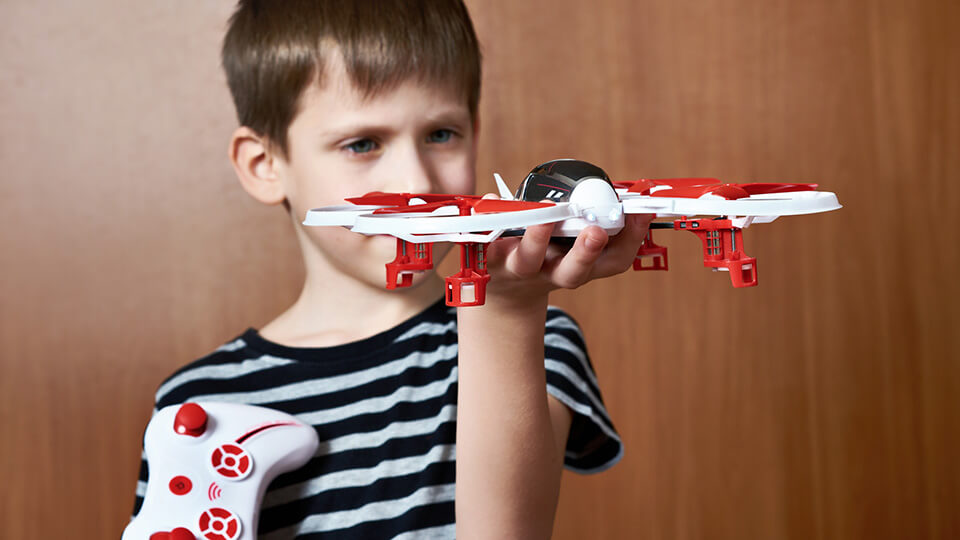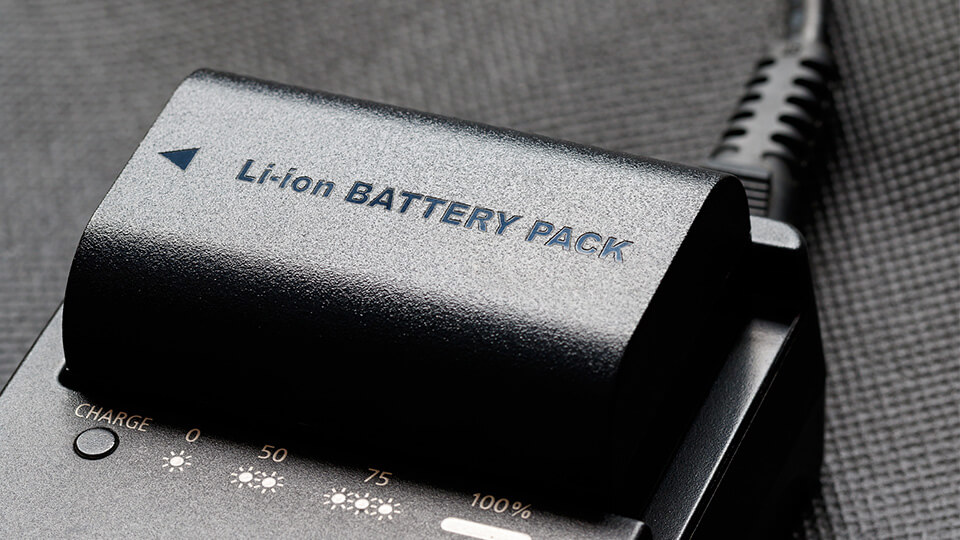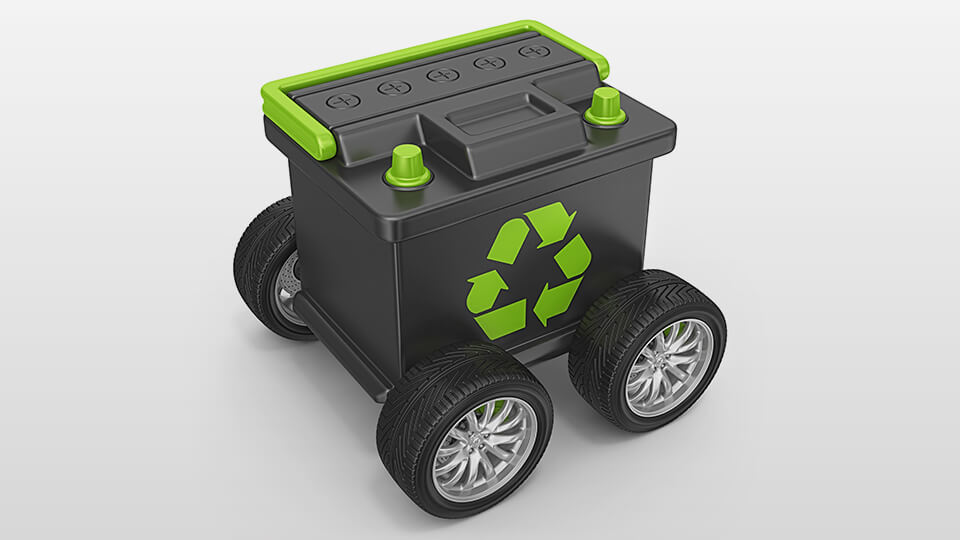Battery-powered toys are so common we barely give them or, more specifically their batteries, a second thought.
Generally, the batteries contained in toys do their jobs quietly and safely, but not always.
And the longer that batteries are left in old toys the more likely it is that problems will arise.
Here are a few hazards to be aware of when it comes to those batteries that have been forgotten about:
Leakage
Cell type batteries such as common alkaline batteries can leak potassium hydroxide, a corrosive chemical that can cause eye and skin irritation.
Toys need to be checked regularly and any leaking batteries should be removed.
Wear rubber gloves, dispose of the leaking batteries in the household rubbish bin, and wash your hands after handling.
If the leak is a minor one it may be possible to carefully clean the battery compartment and metal contacts with a damp cloth and restore the toy to life.
Again, take care not to have skin or eye contact with the battery contents.
Fire
Fortunately, it’s a rare occurrence, but lithium batteries do occasionally catch fire.
Mostly, the problem is associated with design or manufacturing faults, and is often associated with specific products.
Keep an eye out for any product safety recalls, use the correct charger, and avoid overcharging batteries (modern chargers will prevent this).
When disposing of toys, remove the batteries for recycling.
If the batteries are of the type that have wires, tape the wires and connectors to the main body of the battery with sticky tape before dropping off at the battery collection point.
Swallowing
Each week 20 Australian children end up in hospital emergency rooms as a result of swallowing button batteries.
Secure, ‘childproof’ battery covers can minimise this hazard.
When discarding toys that contain button cells, make sure the batteries are removed and safely recycled.
Environmental hazards
The most common fate for defunct toys is to be dumped into landfill, usually with their batteries still inside.
As those batteries break down they can release a range of toxic materials into the environment, including mercury, lead and cadmium.
Prior to disposal of old toys, the batteries should be removed and diverted to a battery recycling scheme.
For some helpful tips, take a look at our article on safe use and disposal of batteries in the home.
Convenient battery recycling
The batteries in old toys are easily forgotten, but as the above list of hazards shows, it’s important to remember to remove them when those toys are due for disposal.
The safest method of dealing with the old batteries is to recycle them, and it’s easier than you might think.
An increasing number of retailers and local councils provide battery collection services so it’s easy to find a drop-off point near you.
Or Ecocycle can help you set up a battery recycling program in your workplace. This applies to any workplace, but is ideal for op shops or charities that receive old toys and need to dispose of the dead batteries.
To find out more, call us on 1300 32 62 92 or fill out the form below.





